
Kód: 07012519
Phylogeny, Pedigree, and Population Structure Studies - Application of Molecular Polymorphisms
Autor Yean Wang
The aim of this book is to assess molecular polymorphisms of different types and their optimal use in different situations. Two widely separated taxa were used for testing ?the green monkey Chlorocebus sabaeus, and the sibling dip ... celý popis
- Jazyk:
 Angličtina
Angličtina - Väzba: Brožovaná
- Počet strán: 224
Nakladateľ: VDM Verlag Dr. Mueller E.K., 2008
- Viac informácií o knihe

Mohlo by sa vám tiež páčiť
-

School on 103rd Street
21.76 € -

Stuff That Dreams are Made on
27.51 € -

Young Housekeeper's Friend; Or, a Guide to Domestic Economy and Comfort
41.27 € -
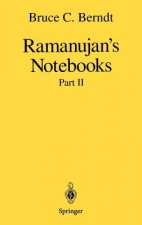
Ramanujan's Notebooks
227.73 € -
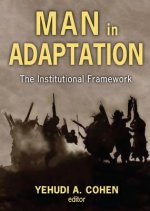
Man in Adaptation
82.03 € -
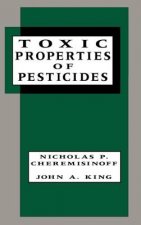
Toxic Properties of Pesticides
415.84 € -
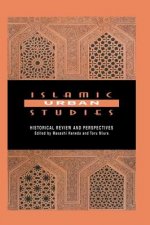
Islamic Urban Studies
73.51 € -
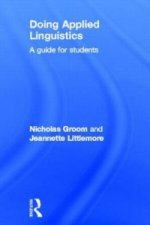
Doing Applied Linguistics
163.66 € -
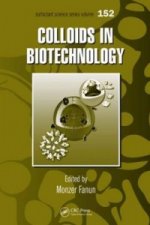
Colloids in Biotechnology
332.97 € -
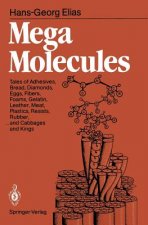
Mega Molecules
71.04 € -
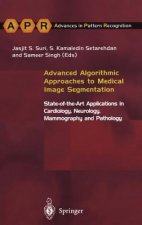
Advanced Algorithmic Approaches to Medical Image Segmentation
353.20 € -

Gun and the Olive Branch
29.87 € -

Finanzpolitik Und Arbeitsmarkt in Den Niederlanden
77.20 € -

Konflikte in der Triade; Spielregeln in der Psychotherapie; Weiterbildungsforschung und Evaluation
89.83 €
Darčekový poukaz: Radosť zaručená
- Darujte poukaz v ľubovoľnej hodnote, a my sa postaráme o zvyšok.
- Poukaz sa vzťahuje na všetky produkty v našej ponuke.
- Elektronický poukaz si vytlačíte z e-mailu a môžete ho ihneď darovať.
- Platnosť poukazu je 12 mesiacov od dátumu vystavenia.
Viac informácií o knihe Phylogeny, Pedigree, and Population Structure Studies - Application of Molecular Polymorphisms
Nákupom získate 251 bodov
 Anotácia knihy
Anotácia knihy
The aim of this book is to assess molecular polymorphisms of different types and their optimal use in different situations. Two widely separated taxa were used for testing ?the green monkey Chlorocebus sabaeus, and the sibling dipteran flies Bactrocera tryoni and B. neohumeralis, known collectively as the Queensland fruit fly.§§A number of types of molecular polymorphisms can be used for studying genetic relationship and evolutionary history. Microsatellites are hypervariable and can be very useful tools to determine population structure, distinguish sibling species, as well as verifying parental relationships and pedigrees. However, while microsatellite polymorphisms are useful for solving relationships between populations within a species, relations among species or genera will probably be obscured due to a high degree of homoplasy ?identity arising from evolutionary convergence not by descent. For long range evolutionary history, such as phylogeny from old world monkey to human, mtDNA markers may be better candidates. §§§A complete 16,550 bp mtDNA sequence of the green monkey Chlorocebus sabaeus is reported and has been annotated (Chapter 2). Knowledge of the mtDNA genome contributes not only to identification of large scale single nucleotide polymorphisms (SNPs) (Chapter 4) or other mtDNA polymorphisms development, but also to primate phylogenetic and evolutionary study (Chapter 3). Microsatellites used for the green monkey paternity and pedigree studies were developed by cross-amplification using human primers (Chapter 5). For studies of population structure and species discrimination in Queensland fruit fly (Chapter 7), microsatellites were isolated from a genomic library of Bactrocera tryoni (Chapter 6) The aim of this book is to assess molecular polymorphisms of different types and their optimal use in different situations. Two widely separated taxa were used for testing ?the green monkey Chlorocebus sabaeus, and the sibling dipteran flies Bactrocera tryoni and B. neohumeralis, known collectively as the Queensland fruit fly. A number of types of molecular polymorphisms can be used for studying genetic relationship and evolutionary history. Microsatellites are hypervariable and can be very useful tools to determine population structure, distinguish sibling species, as well as verifying parental relationships and pedigrees. A complete 16,550 bp mtDNA sequence of the green monkey Chlorocebus sabaeus is reported and has been annotated (Chapter 2). Knowledge of the mtDNA genome contributes not only to identification of large scale single nucleotide polymorphisms (SNPs) (Chapter 4) or other mtDNA polymorphisms development, but also to primate phylogenetic and evolutionary study (Chapter 3). Microsatellites used for the green monkey paternity and pedigree studies were developed by cross-amplification using human primers (Chapter 5). For studies of population structure and species discrimination in Queensland fruit fly (Chapter 7), microsatellites were isolated from a genomic library of Bactrocera tryoni (Chapter 6).
 Parametre knihy
Parametre knihy
Zaradenie knihy Knihy po anglicky Mathematics & science Biology, life sciences Life sciences: general issues
101.85 €
- Celý názov: Phylogeny, Pedigree, and Population Structure Studies - Application of Molecular Polymorphisms
- Autor: Yean Wang
- Jazyk:
 Angličtina
Angličtina - Väzba: Brožovaná
- Počet strán: 224
- EAN: 9783836484367
- ISBN: 3836484366
- ID: 07012519
- Nakladateľ: VDM Verlag Dr. Mueller E.K.
- Hmotnosť: 304 g
- Rozmery: 229 × 152 × 12 mm
- Dátum vydania: 10. July 2008
Obľúbené z iného súdka
-

Stealing Fire
16.21 € -21 % -

Greatest Show on Earth
11.18 € -23 % -
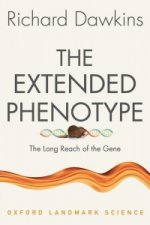
The Extended Phenotype
12.93 € -19 % -
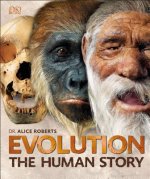
Evolution
28.95 € -8 % -

Ways of Attending
26.17 € -

The Molecule of More
16.52 € -23 % -
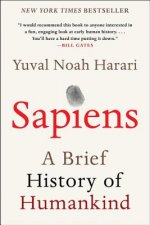
Sapiens
21.45 € -

Power of Habit
12.11 € -24 % -

Undoing Project
11.08 € -14 % -
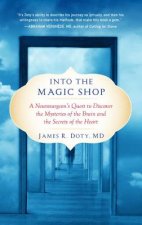
Into the Magic Shop
20.01 € -
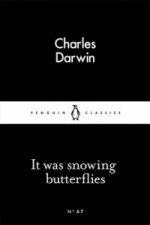
It Was Snowing Butterflies
3.58 € -24 % -

Brain
11.69 € -22 % -
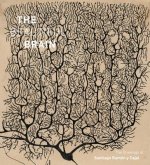
Beautiful Brain
40.65 € -20 % -
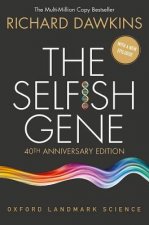
The Selfish Gene
12.31 € -23 % -
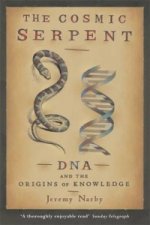
Cosmic Serpent
10.36 € -29 % -
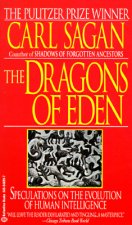
Speculations on the Evolution of Human Intelligence
9.74 € -7 % -
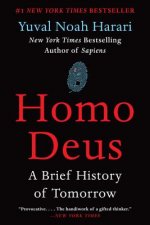
Homo Deus
11.39 € -21 % -

Biology of Belief
17.75 € -23 % -

Story Genius
14.26 € -23 % -

Descartes' Error
14.47 € -23 % -

Life on Earth
27.51 € -23 % -

Brain Rules (Updated and Expanded)
16.62 € -4 % -
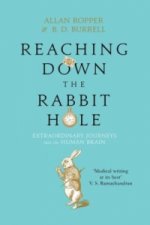
Reaching Down the Rabbit Hole
10.98 € -24 % -

Hidden History of the Human Race
14.06 € -19 % -

Science of Meditation
10.98 € -24 % -
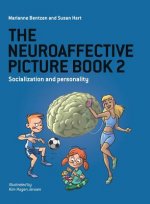
Neuroaffective Picture Book 2
44.96 € -

Head Strong
24.02 € -16 % -
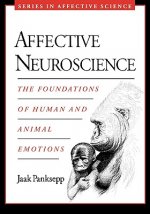
Affective Neuroscience
98.56 € -

Wisdom of Psychopaths
15.08 € -22 % -
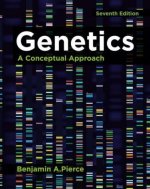
Genetics
103.18 € -
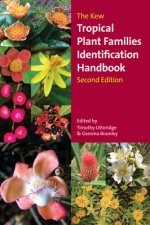
Kew Tropical Plant Identification Handbook, The
22.07 € -23 % -

The Storytelling Animal
16.73 € -18 % -

Brain's Way of Healing
12.31 € -23 % -
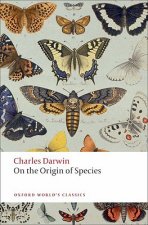
On the Origin of Species
9.33 € -22 % -
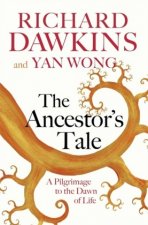
Ancestor's Tale
15.19 € -22 % -
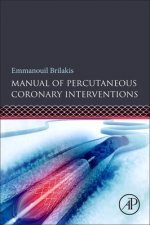
Manual of Percutaneous Coronary Interventions
100.82 € -10 % -

Incognito
17.96 € -8 % -

Incredible Unlikeliness of Being
14.47 € -23 % -
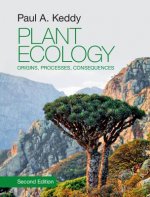
Plant Ecology
71.35 € -

Touch
12.31 € -23 % -
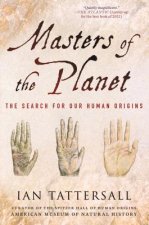
Masters of the Planet
16.21 € -21 % -

Future Humans
29.36 € -
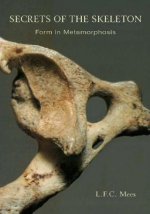
Secrets of the Skeleton
23.71 € -
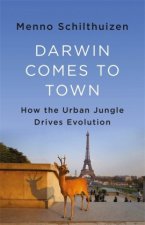
Darwin Comes to Town
13.24 € -24 % -
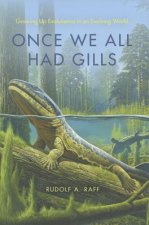
Once We All Had Gills
44.96 € -
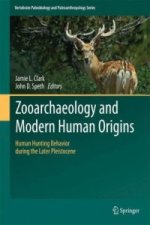
Zooarchaeology and Modern Human Origins
121.97 € -
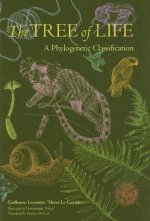
Tree of Life
54.10 € -
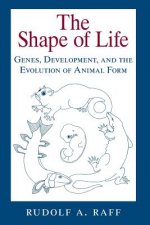
Shape of Life
65.09 € -

Cradle of Humanity
50.82 €
Osobný odber Bratislava a 2642 dalších
Copyright ©2008-24 najlacnejsie-knihy.sk Všetky práva vyhradenéSúkromieCookies



 21 miliónov titulov
21 miliónov titulov Vrátenie do mesiaca
Vrátenie do mesiaca 02/210 210 99 (8-15.30h)
02/210 210 99 (8-15.30h)